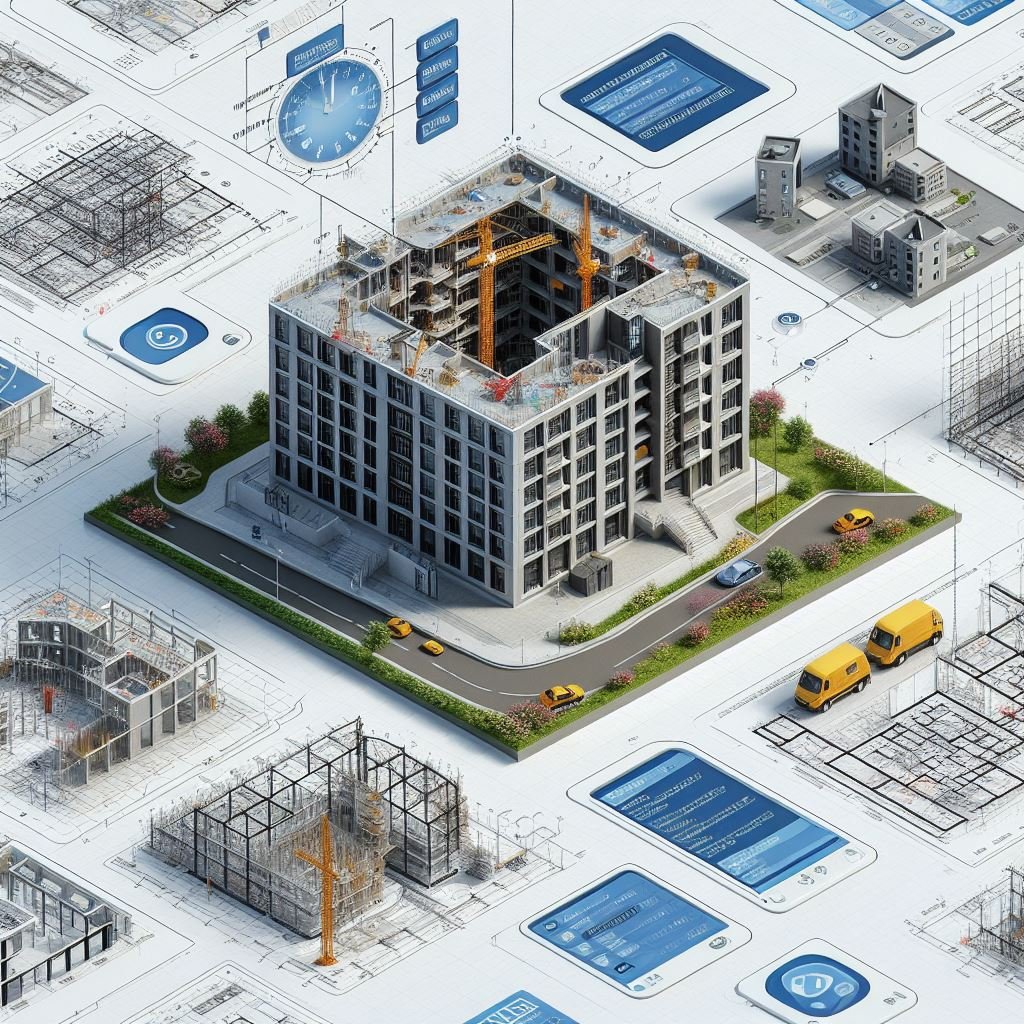Before the adoption of BIM, creating a Bill of Materials (BOM) was a manual and time-consuming process. Professionals had to analyze project drawings and documents to identify all necessary materials, quantities, and specifications. This resulted in errors, rework, and consumed a lot of time and resources.
With the automation of Bills of Materials in BIM projects, this process has become much more efficient and accurate. Now, the 3D models developed in BIM software contain all the necessary information for the automatic generation of the Bill of Materials.
What is BOM Automation in BIM Projects?
BOM automation in BIM projects refers to the application of tools and techniques that allow for the automated extraction of detailed information about materials present in the BIM model. This information includes quantities, characteristics, costs, and other relevant data associated with building elements. The goal is to replace manual and error-prone processes with a more efficient and accurate approach.
Implementation of BOM Automation in BIM Companies: Crucial Steps
1. Choosing the Right BIM Software: Select robust BIM software that meets the specific needs of the project and offers advanced features for creating, managing, and extracting data associated with model elements.
2. Data Standardization: Establish guidelines for assigning data to model elements, ensuring standardization that will facilitate automation and ensure consistency in information.
3. Parametric Attributes: Use parametric attributes to associate specific information with each element, including material type, dimensions, costs, and other data relevant to the BOM.
4. Development of Rules and Formulas: Create rules and formulas to automatically calculate quantities and properties based on defined parameters, providing more advanced automation.
5. Integration with External Databases: Integrate the BIM model with external databases or project management systems to keep information up to date and aligned with changes in the project.
6. Use of Scripts or Plug-ins: Develop custom scripts or utilize available plug-ins to automate specific data extraction processes and BOM generation, adapting them to the project’s needs.
7. Team Training: Ensure that the team is properly trained in the use of BIM software and standardized practices, ensuring efficient and consistent implementation of BOM automation.
Benefits of BOM Automation in BIM Projects
1. Operational Efficiency: Significant reduction in time spent on manual generation of bills of materials, allowing for faster responses to project changes.
2. Error Reduction: Minimization of human errors associated with manual data entry, increasing the accuracy and reliability of information.
3. Dynamic Updates: Automatic maintenance of data consistency as the BIM model is updated, ensuring that the BOM accurately reflects the current state of the project.
4. Analysis and Decision Making: Facilitation of data analysis and decision-making support, providing insights into readily available and updated materials information.
5. Integration with Procurement and Budgeting Processes: Facilitation of integration of BOM information with procurement and budgeting processes, streamlining project financial management.
6. Enhanced Collaboration: Improvement in collaboration among project teams, engineers, architects, and other stakeholders due to the availability of accurate and updated information.
7. Improved Communication: Increase in clarity and quality of communication among stakeholders, as everyone has access to consistent information.
Efficiency and Accuracy in Modern Construction
The automation of Bills of Materials in BIM projects represents a significant advancement in information management in the construction industry. By implementing this practice, companies can reap tangible benefits, including operational efficiency, error reduction, dynamic data updates, and improved decision-making. In a scenario where precision and speed are essential, BOM automation stands out as an indispensable tool for driving the success of modern construction projects.




Deixe um comentário